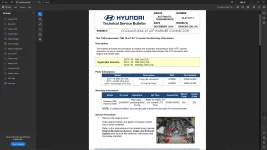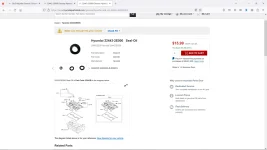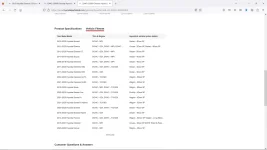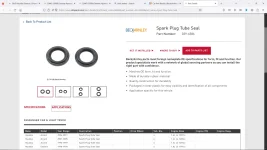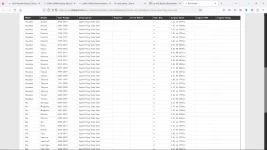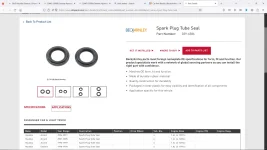carguy75
Registered Member
- Joined
- Jun 23, 2018
- Messages
- 3,067
- Reaction score
- 1,640
- Points
- 113
- Location
- Atlanta, Georgia
- Genesis Model Year
- 2015
- Genesis Model Type
- 2G Genesis Sedan (2015-2016)
Well, I just learned some facts about torque wrenches that I did not know. The 3/8in and larger click style torque wrenches are not supposed to be used for any small fasteners that require less than 20 ft/lbs; even if the scale does go down to 10 ft/lbs. Generally, you must use a smaller 1/4in click style torque wrench for delicate fasteners that requires less than 20ft/lbs.
Digital torque wrenches are more forgiven than click style wrenches and can be very accurate even in the lower part of the scale.
I wished I watched this video before trying to use my larger 3/8in torque on my oil sensor. Yes the socket size for the oil sensor is 24mm, but the actually threads on the sensor and oil sensor port are only about 6-8mm. So I should have just used my smaller 1/4in torque wrench with a 1/4in to 1/2in adapter. Very important lesson learned.
Therefore, I cannot blame the Hyundai service manual oil sensor tightening specs for the error that caused me to crack my timing cover; it was my own fault it seem due to using the wrong sized torque wrench. Do not make my mistake; use a smaller 1/4in torque wrench for the oil sensor.
Digital torque wrenches are more forgiven than click style wrenches and can be very accurate even in the lower part of the scale.
I wished I watched this video before trying to use my larger 3/8in torque on my oil sensor. Yes the socket size for the oil sensor is 24mm, but the actually threads on the sensor and oil sensor port are only about 6-8mm. So I should have just used my smaller 1/4in torque wrench with a 1/4in to 1/2in adapter. Very important lesson learned.
Therefore, I cannot blame the Hyundai service manual oil sensor tightening specs for the error that caused me to crack my timing cover; it was my own fault it seem due to using the wrong sized torque wrench. Do not make my mistake; use a smaller 1/4in torque wrench for the oil sensor.
Last edited:










